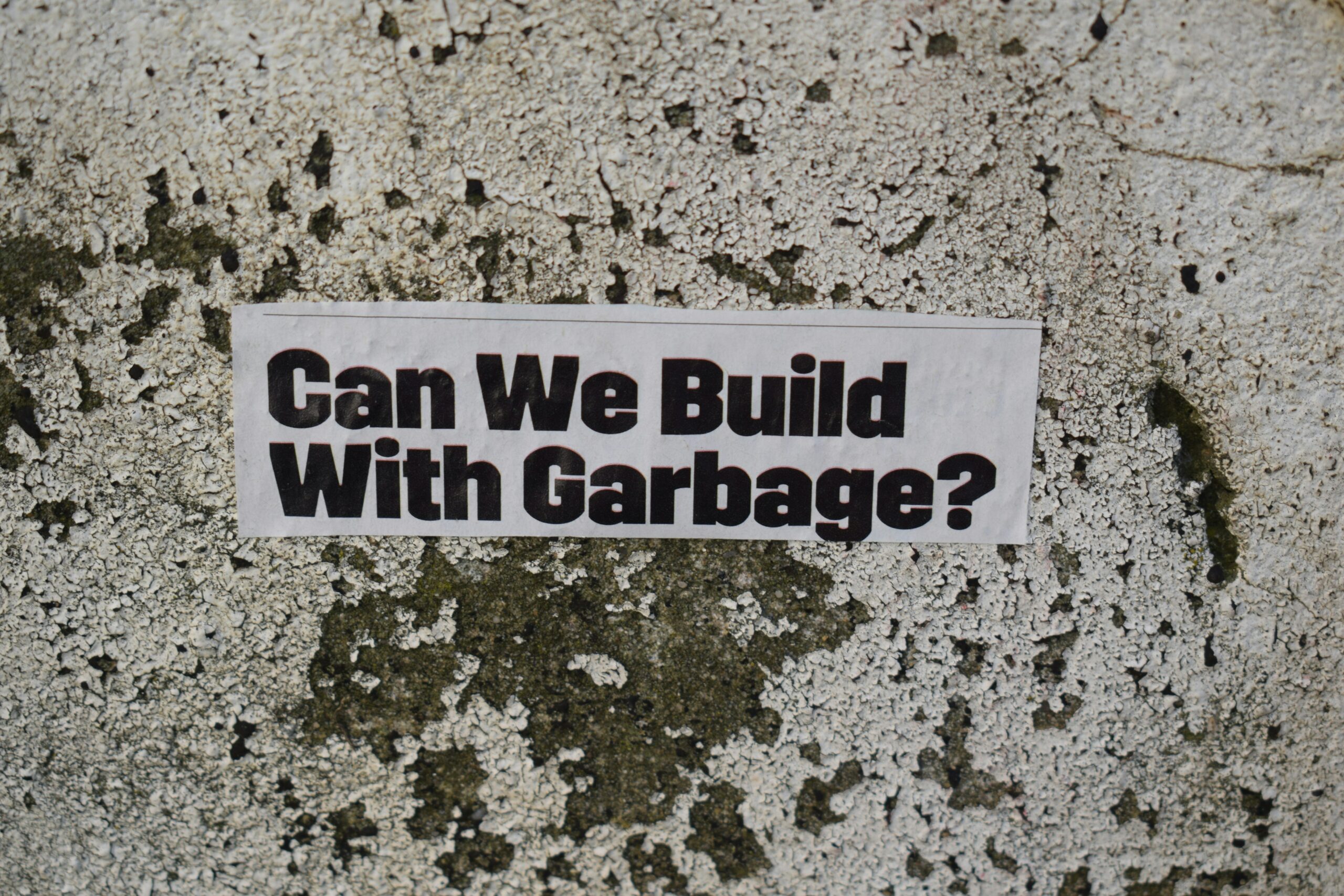
Generative AI (GenAI) is changing how we teach and learn at an unbelievable pace. It’s no longer just an interesting tool—it’s becoming part of everyday life, whether we realize it or not. GenAI can be a game-changer for students who struggle with writing, helping them communicate more confidently. But beyond that, it’s ultimately shifting how we think about knowledge, creativity, and even what it means to be “literate” in the digital age. Lucas Wright discussed this “sea of change” in a lecture for my class, highlighting just how quickly AI is evolving and its profound impact on education.
AI is developing so fast it’s hard to keep up. New reasoning models are improving at solving complex math problems, writing detailed essays, and even handling routine tasks that used to take humans hours. AI agents can now search the web, summarize information, and even create full itineraries—things we used to do manually.

Photo by Alexander Mils on Upsplash
This rapid transformation reminds me of growing up with the internet. I remember the days of dial-up, when you had to sit and wait for that painfully slow connection to load a single webpage. Downloading a single picture took three hours; if someone picked up the phone, you’d lose your connection entirely. Some families even got a second landline just for internet access! Then came faster broadband, Wi-Fi, and laptops; suddenly, information was at our fingertips. Now, with smartphones, the entire world fits in the palm of our hands. AI is following that same trajectory—right now, we’re in the early stages, but soon, it will be everywhere, seamlessly integrated into daily life.
Lucas Wright emphasized that today’s AI is the worst ever. Just like early cell phones started as giant bricks and are now sleek, powerful devices, AI is only at the beginning of its evolution. This raises significant questions: What will literacy look like in five years? Ten? Twenty? How do we prepare students for a world where AI is just another tool in their daily lives?
As AI becomes more integrated into learning, students and teachers must build critical AI literacy—not just knowing how to use AI but also understanding its broader implications. Some key things we need to be thinking about:
- Ethical and Environmental Impact—AI requires a massive amount of computing power, and its carbon footprint is bigger than most people realize. How can we use it responsibly?
- Data Privacy—Many people don’t stop to think about where their data goes when they use AI tools. Who owns it? How is it stored?
- Bias and Accuracy – AI isn’t perfect. It can produce biased or incorrect information, so students must learn how to critically evaluate its outputs.
Understanding how AI works—what influences its responses, and where human oversight is still necessary—is becoming a fundamental literacy skill.
One of the biggest skills people will need in an AI-driven world is prompt engineering—learning how to ask AI the right questions to get meaningful results. A helpful framework Wright proposed is ACTOR:
- Assign a Persona – Ask AI to respond as a historian, scientist, or expert in a specific field.
- Construct Output – Clearly define what kind of response you want (essay, summary, bullet points, etc.).
- Tailor Details – Give the AI specific context or constraints to refine its response.
- Offer Examples – Show AI what kind of output you’re looking for by providing examples.
- Reflect & Refine – Ask AI to critique its own response and improve it.
AI is only as good as the prompts we give it. Garbage in, garbage out.

Beyond just using AI, we need to make sure students develop responsible AI habits:
- Sustainable Use – Understanding the environmental cost of AI and using it mindfully.
- Data Awareness – Encouraging students to think critically about the information they share.
- Rethinking Assessments – Traditional academic integrity checkers don’t work anymore. Educators must rethink assessment models to encourage critical engagement rather than detection-based policing.
AI isn’t replacing teachers but reshaping education in significant ways. Some of the most exciting emerging approaches include:
- Personalized Learning – AI tutoring can provide tailored support based on individual student needs.
- Co-Creation – AI as a collaborative tool, helping students brainstorm, refine arguments, or generate creative ideas.
- Evaluative Judgment – Teaching students how to critically assess AI-generated content rather than taking it at face value.
Instead of resisting AI, we must embrace it—thoughtfully and responsibly. Schools and businesses should start training people now in:
- Developing AI models tailored to their needs
- Improving prompting skills
- Using AI for augmentation, not replacement
- Being selective and intentional about when and how to use AI
This shift is already happening. The question is: How do we ensure students are ready for it? Instead of just worrying about AI, we need to teach them how to use it well and how to think critically about its role in their world.
Leave a Reply